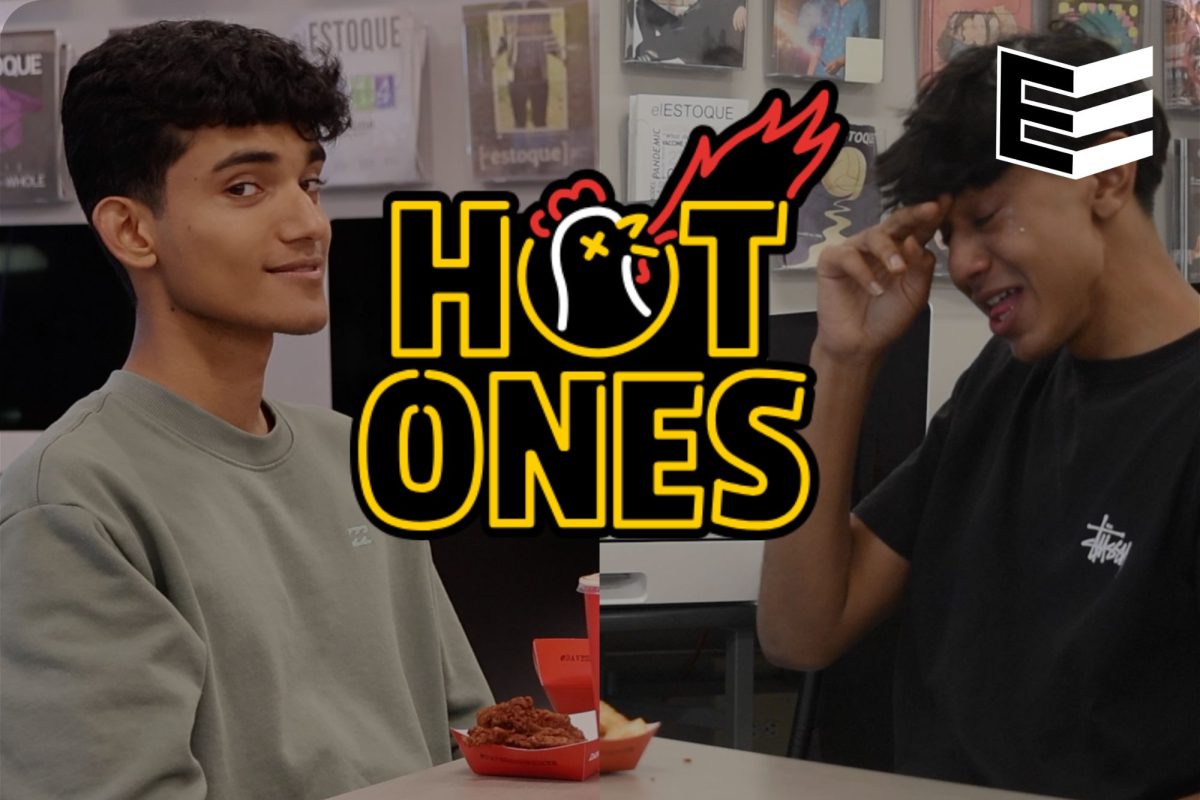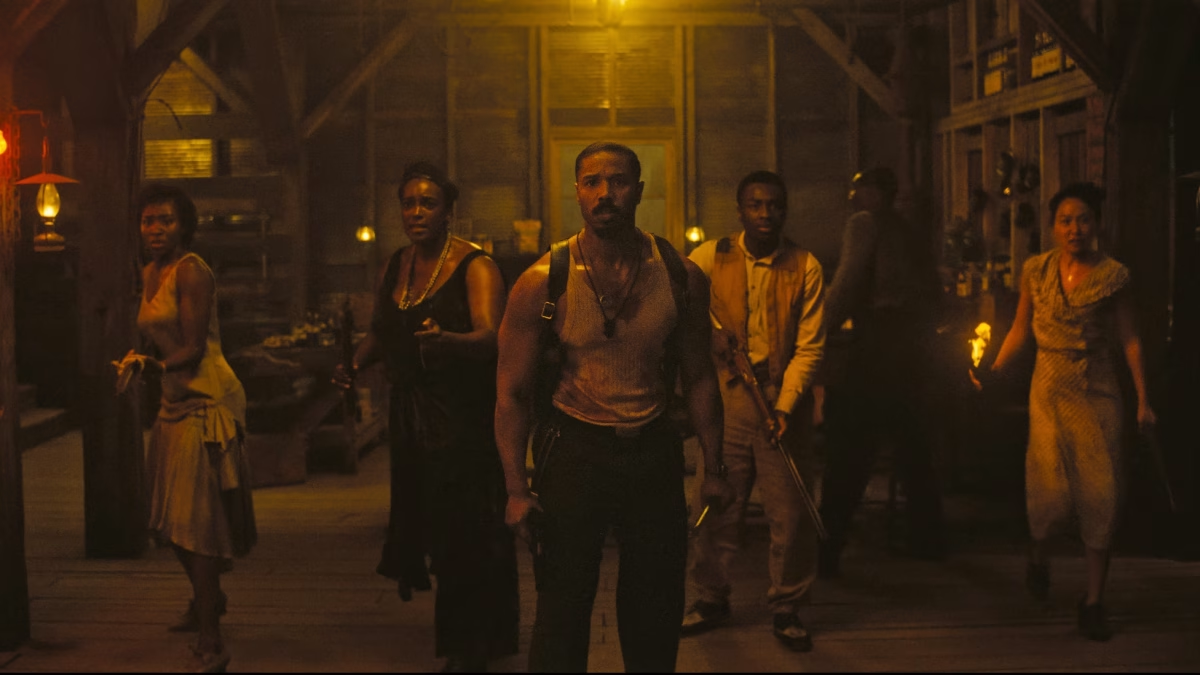Canadian pop star Tate McRae released her album “So Close to What” on Feb. 21 through RCA Records. The rollout was full of constant changes with the tracklist. In January, a 13-track version of the album leaked online; in response, McRae wrote two more songs — “Like I Do” and “bloodonmyhands” — for the digital version of the album. Just days after its release, McRae released an alternate version of the album on streaming services with one bonus track.
Despite this being McRae’s third project, she still feels like an up-and-coming artist. She has had a handful of hits in her career so far that have made her name TikTok-famous, such as “It’s ok I’m ok,” “greedy” and “you broke me first,” but nothing that elevated her into the household-name territory of stardom she seems to be at the cusp of. To that end, “So Close to What” is her attempt at making a breakthrough album, and it shows. Coming in at 15 tracks, the album is overstuffed with hopeful pop hits that pay no regard to coherence.
That is not to say the album is without its merits. For example, with lyrics like “’Cause my body positioning determines if you’re listening” on the fourth track, “Purple lace bra,” McRae criticizes the music industry’s sexualization of women and audiences’ refusal to listen to their emotions unless masked with sexual undertones. Coming after songs about jealousy, obsessive relationships bordering on toxic and moving on from an ex, it is a welcome shift in theme, even if it is a bit jarring. The production is gorgeous, with strings complimenting McRae’s layered vocals brilliantly. “Purple lace bra” is the album’s standout track.
But even with the song’s strengths, McRae undermines them with the perplexing transition into the next track. “Purple lace bra” ends with the lines, “Would you hear me / If all my inner thoughts sound like, ‘Ah, ah’?” The next song, “Sports car,” opens with the lines: “Hey cute jeans / take mine off me.” Just when the album is about to go into more nuanced territory and develop a theme on romance and the sexualization of women, McRae completely undercuts the impact of “Purple lace bra.” Although it can be argued “Sports car” is satirical, nothing indicates McRae is not playing it straight as a sex song.
The issue of organization plagues the album through its entirety. Some other examples of questionable track placements include “Like I do,” a song about a toxic friendship and “Nostalgia,” about McRae growing up and missing her parents. Even in the few moments when the album is focused on its primary theme of romance, the tracks are ordered in an illogical way, causing the listener emotional whiplash. McRae is possessive, then missing or mocking, in blissful love and moving on.
The only things tying the album together are the R&B production and McRae’s smoky voice. However, because of the sheer amount and severity of thematic inconsistency, they just feel like hasty attempts to mask the album’s incoherence. At their worst, they cause the album to drag.
Despite all its flaws, the pure strength of the individual songs in the first half manages to make the album tolerable. “Sports car” on its own is a near-perfect pop song. It is reminiscent of Britney Spears’ “I’m a Slave 4 U” and the Pussycat Dolls’ “Buttons” but newly updated and exciting. The squeaking beat is unique and addictive, and the engine sound blending with the drums, in the beginning, is a small detail that, once you notice, is so satisfying you’ll replay it over and over again.
By the second half, however, none of the album’s issues are resolved and the tracks’ strength decreases significantly. “I know love,” featuring her partner and rapper Kid LAROI, attempts to compensate for its lazy lyrics with the feature — and fails. No amount of celebrity hype can compensate for the repetition of “na-na na-na”s in the chorus and the unremarkable production.
From then on out, with no redeeming qualities, it is a boring ride to the album’s end. The only notable moment is in “No I’m not in love,” with its odd autotune vocal riff in the chorus straight out of 2010s pop music. It is a significant misstep in the project’s production which, up until this point, had been forgettably decent and occasionally good.
Sometimes, the songs are good. For the most part, they are OK, if forgettable. But the album’s most egregious flaw is its incoherency. The tracks are either too repetitive or too jarringly different in their themes. Due to this, the album’s message is lost — if not borderline nonexistent. Its best songs contradict and undermine each other. If an album could be a lost-and-found bin of disorganized pop hit hopefuls, “So Close to What” would be it.
RATING: 2.5/5
















